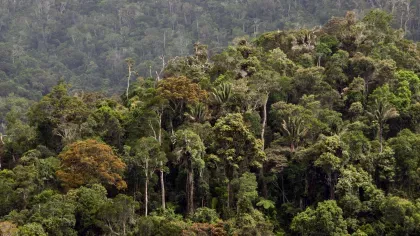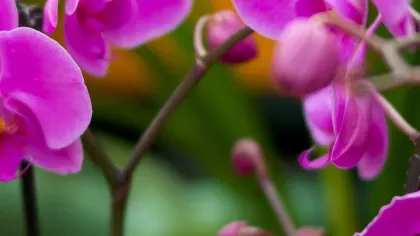16 February 2022
Costa Rica: Paradise on Earth
How is this small country home to such a wealth of wildlife?

Nestled in the middle of Central America, Costa Rica is one of the most biodiverse places on the planet.
Around half a million species are known to live there, which is equal to about 5% of the estimated species on Earth.
Considering Costa Rica only makes up 0.03% of the world's landmass, this showcases the remarkable biodiversity of such a small country.
But why is Costa Rica home to such a wide range of wildlife?
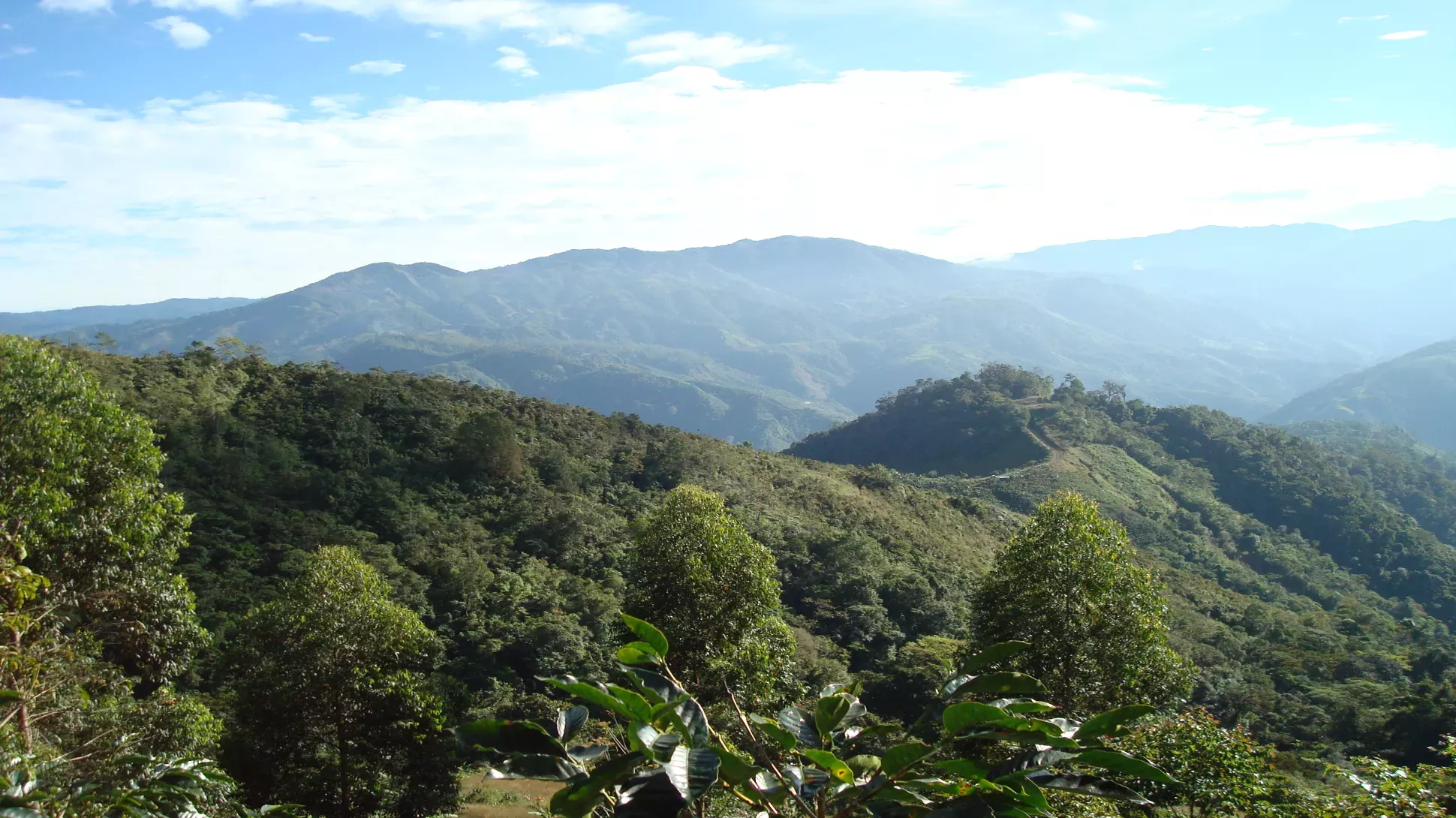
Location, location, location
Costa Rica is located on a stretch of continent known as the Isthmus of Panama.
Around 20 million years ago, the continents of North and South America were separated by the Central American Seaway.
The movement of tectonic plates below the ocean resulted in undersea volcanos that eventually emerged to form a chain of islands between the two continents.
Over millions of years, sediment built up between these islands and resulted in a land bridge, or isthmus, between North and South America. It connected the two American continents for the first time in 150 million years.
As a result, species that had evolved in isolation on either continent were able to meet for the first time.
Many of those species are still living in Costa Rica today.
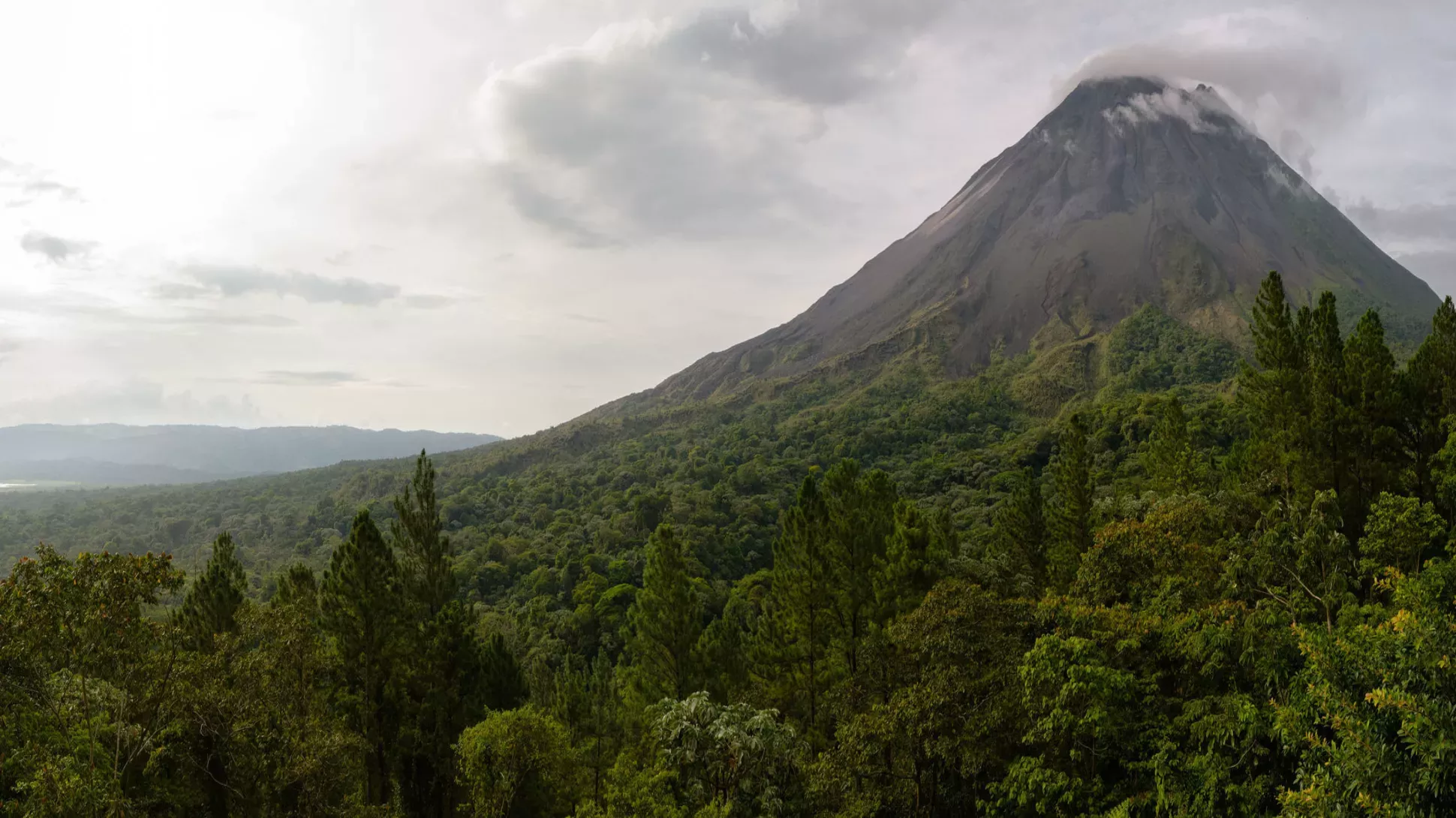
Sea change
The Isthmus of Panama also influenced the oceans around it.
The Atlantic and Pacific Oceans were isolated from each other, which led to unique populations of ocean life developing on either side of the land bridge.
Since Costa Rica has both Pacific and Atlantic coasts, it is home to unique wildlife shaped by millions of years of the oceans being apart.
Costa Rica’s geographical position also means it is exposed to predominantly wet seasons on its Atlantic coast, as well as variable wet and dry seasons on the Pacific side. This mix of weather systems across the country contributes to the rich biodiversity of Costa Rica.

Mountain high, valley low
The volcanic islands that predate the isthmus are still present in modern day Costa Rica — they are the mountain ranges that stretch down the middle of the country.
The volcanic soils around these mountains contribute to the lush plant life found across Costa Rica.
But the real secret is the altitude of the mountains. The tallest mountains in Costa Rica are well over 3000m tall.
When combined with the neotropical climate, this results in a multitude of different ecosystems.
In fact, Costa Rica has 12 different ecosystems that reach from the oceans to the mountain tops.
These range from tropical forests and cloud forests, to mangroves, wetlands and coral reefs.
With such an incredibly diverse range of ecosystems, it’s no wonder that there are such a wide range of species that call Costa Rica home.
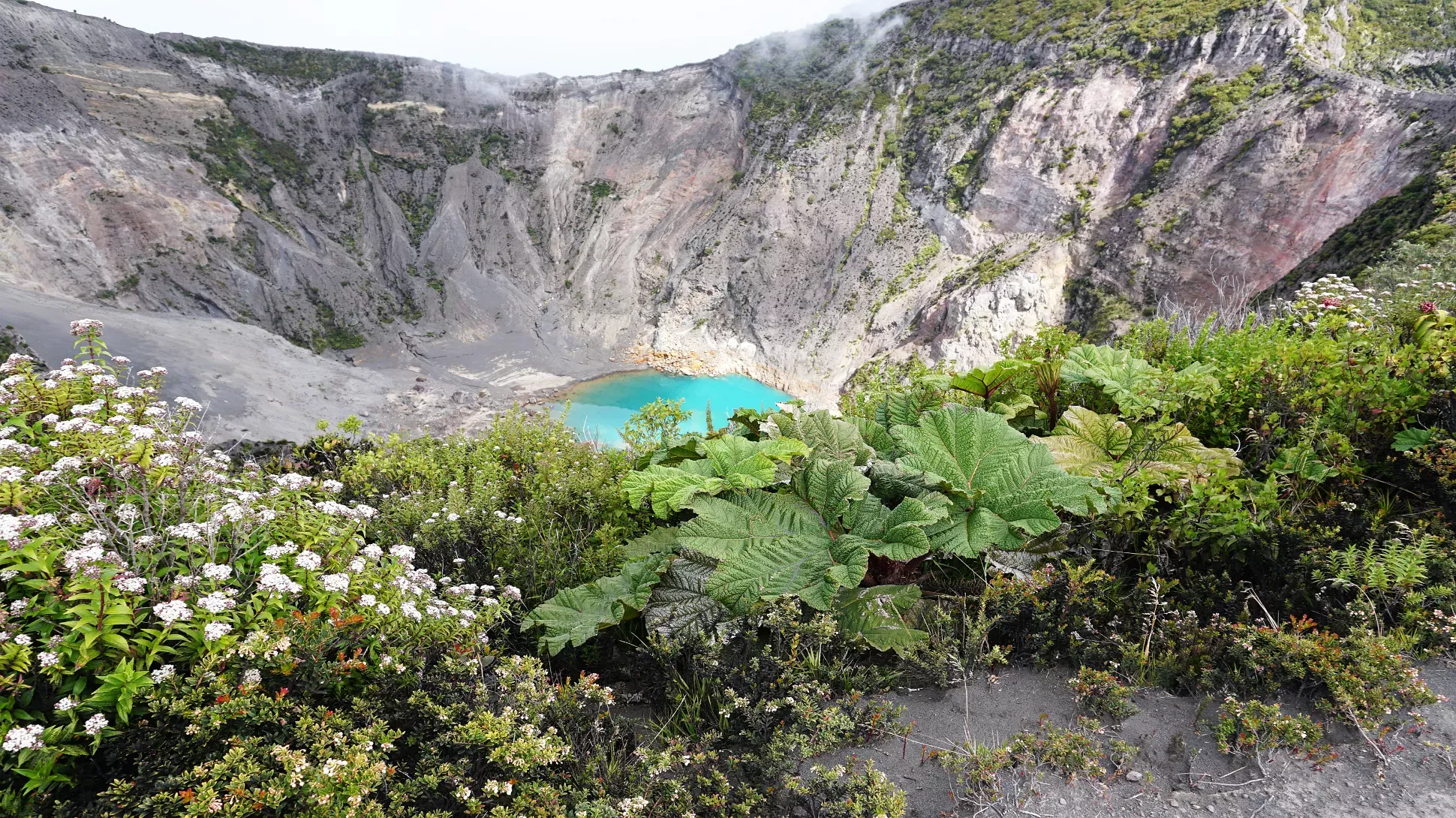
Protect and conserve
Understanding where Costa Rica’s incredible biodiversity comes from is crucial in order to protect it.
Before 1940, around 75% of the country was covered in forest. This made it a prime target for loggers, who cleared huge swathes of the country, replacing forests with farmland.
By 1987, it is estimated that up to half of the forest cover in Costa Rica had been destroyed. It was at this point the Costa Rican government stepped in.
They created laws banning deforestation without government approval, and created ‘payments for ecological services’ where Costa Ricans receive financial support in return for helping restore forests.
As a result, Costa Rica became the first tropical country to entirely reverse deforestation — today, around 60% of the country has returned to forest cover.
Conserving the forests not only protects the plants and animals that call it home, but also helps support the economy —ecotourism was estimated to bring nearly four billion dollars into Costa Rica in 2020.
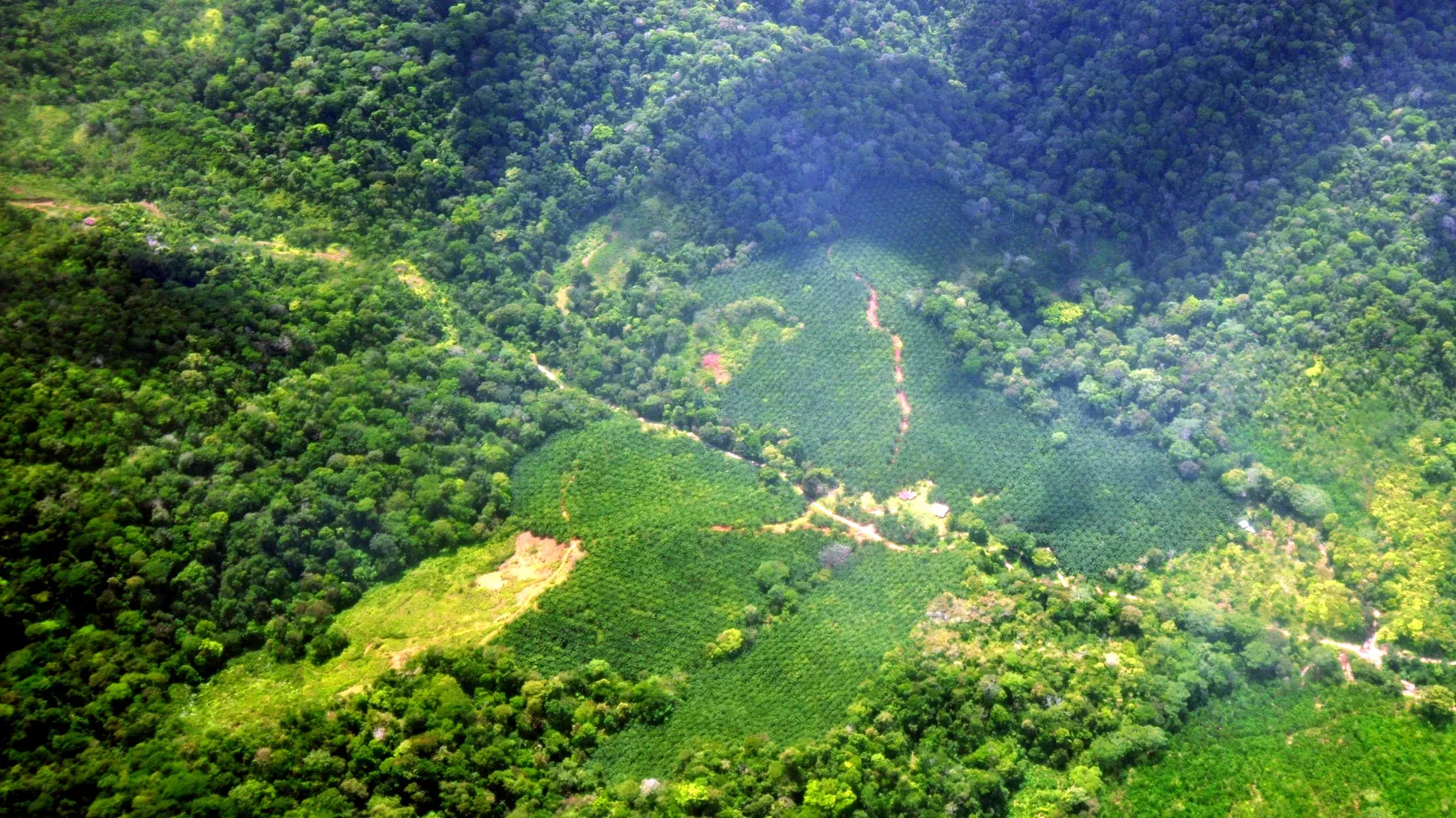
Keeping it simple
Costa Rica’s approach to conservation might be best summed up by their unofficial motto ‘pura vida’.
Literally translated, pura vida means ‘simple life’.
It’s a philosophy that encourages people to focus on the positives and be thankful for what they have around them.
By focusing on the joys of the natural world, Costa Ricans have championed biodiversity conservation, recently winning the inaugural Protect and Restore Nature Earthshot Prize.
Pura vida; something we could all use a bit more of, don’t you think?



